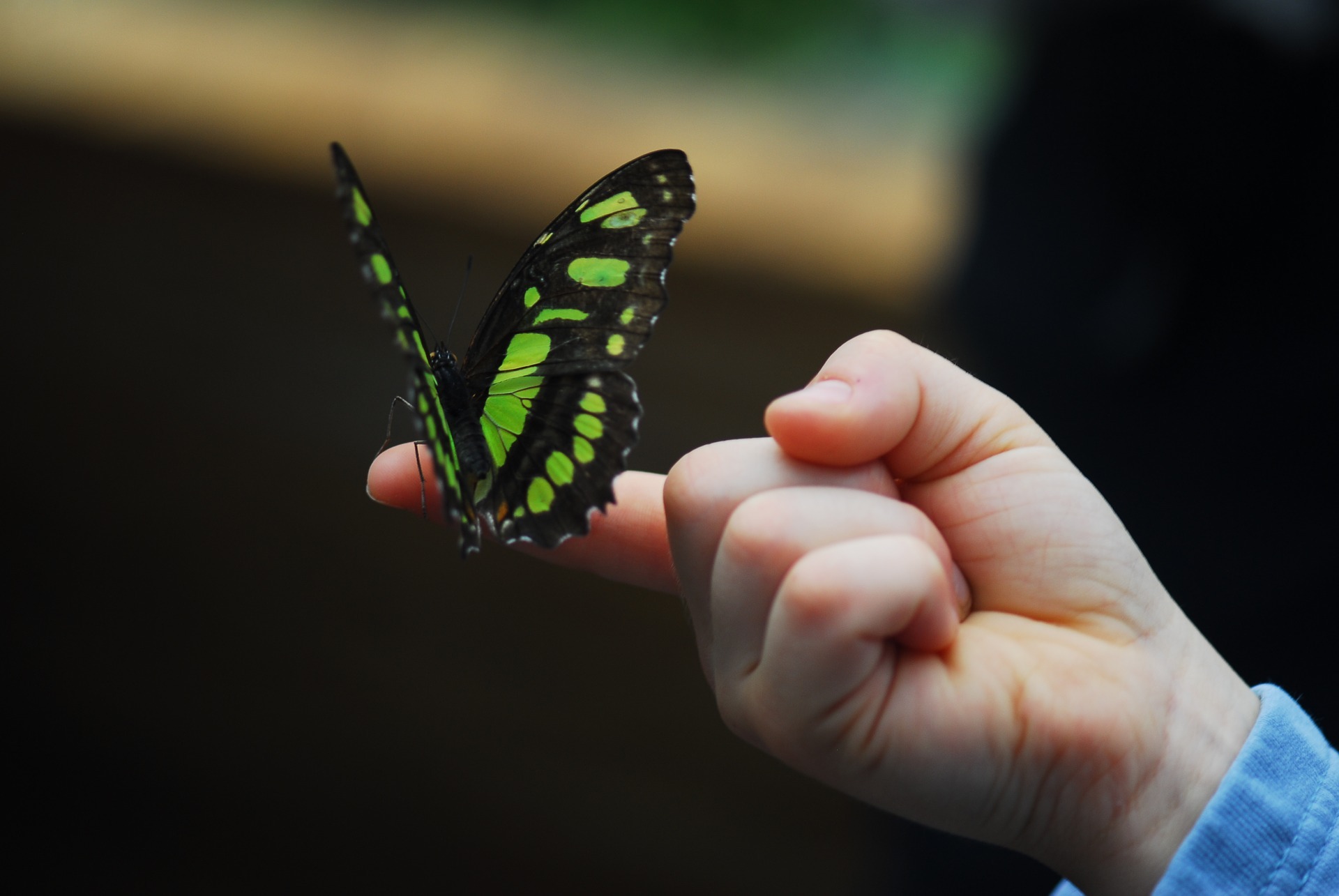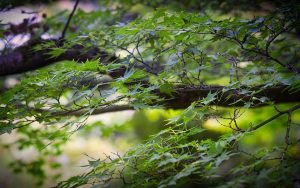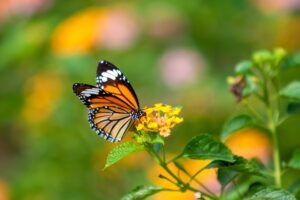
Children find butterflies magical. The fluttering wings and brilliant colors delight kids of all ages—and adults are hardly immune.
If your family plans a trip to see the butterflies this spring, make the experience last and add a little STEM (science, technology, engineering and math) learning to the fun with activities from our education staff.
Pre-school children can enjoy a video with Bella Begonia focused on pollinators. You can watch the video with your child, or use the lesson to model your own activities. You’ll pick up tips on talking about bees, birds and butterflies, observe an art activity you can try as a family and learn how to incorporate early STEM skills into your play. The video recommends two books to read with your child: A Butterfly is Patient by Dianna Aston and Waiting for Wings by Lois Ehlert.
Elementary age children can watch a video of GROW Girl focused on pollinators. You can also check out the accompanying information sheet and observation activity. Your family can become a team of citizen scientists, observing pollinators in action in a local park or your own backyard.
Middle and high school students can also get involved with this video and activity sheet. Although butterflies are wonderful, they are not the only pollinators keeping busy. This activity shifts to their furry cousins, bees.
We look forward to seeing you at Butterflies in the Garden. In the meantime, protect those pollinators!







